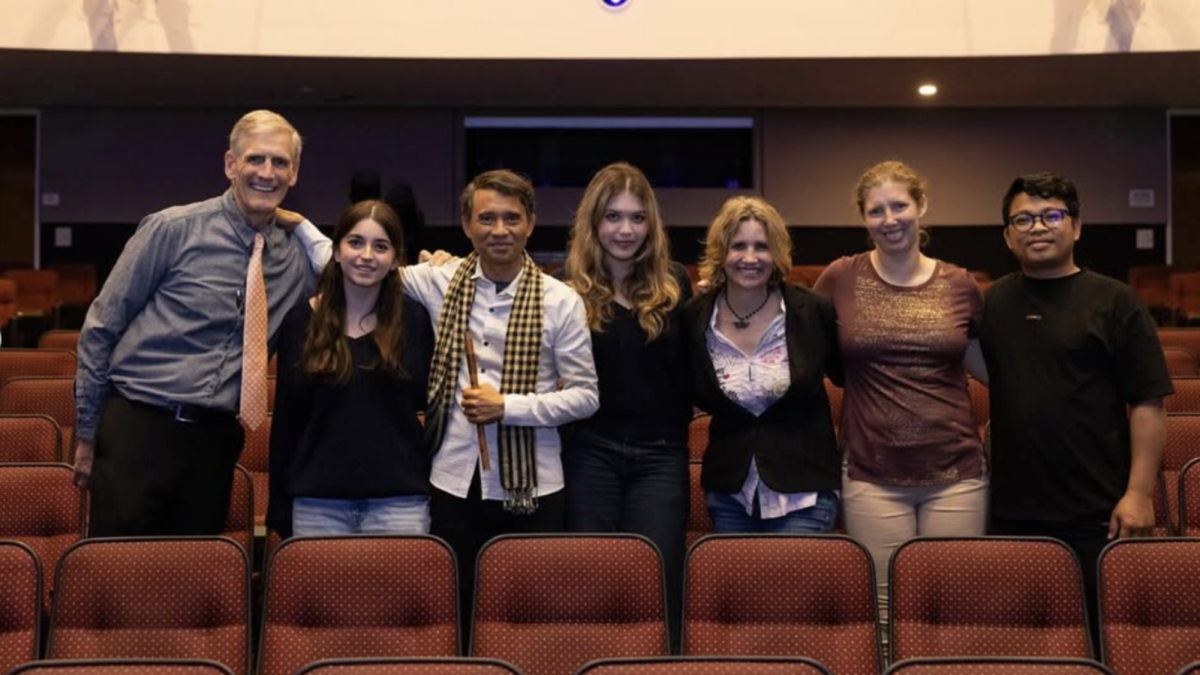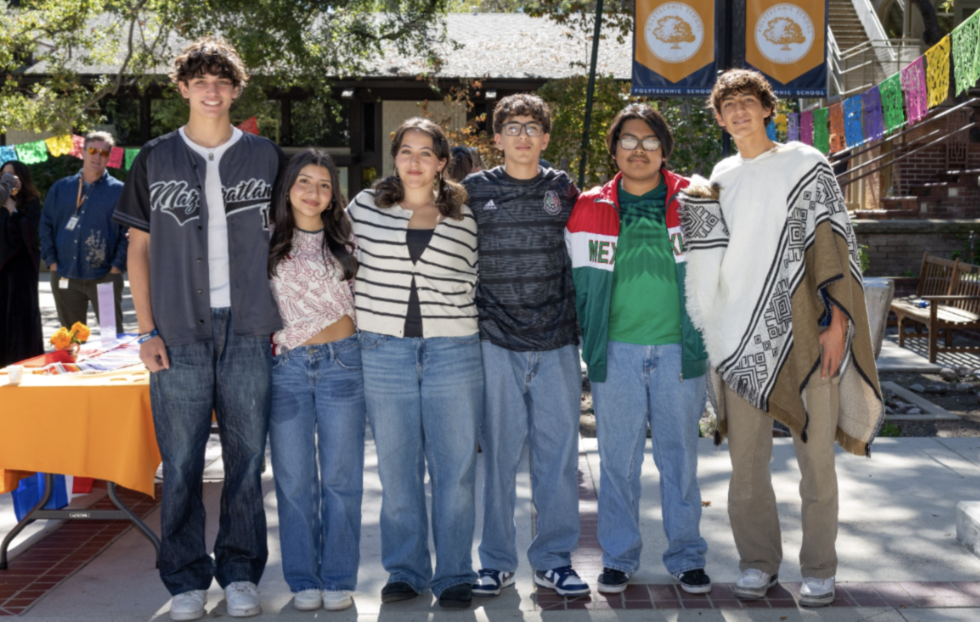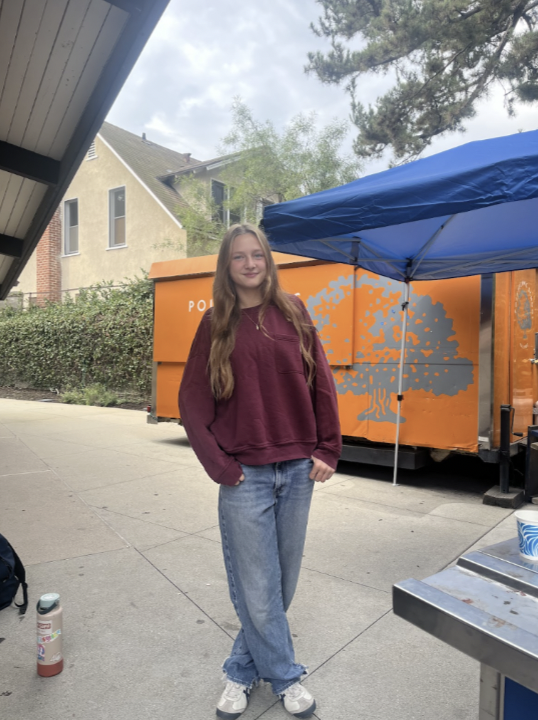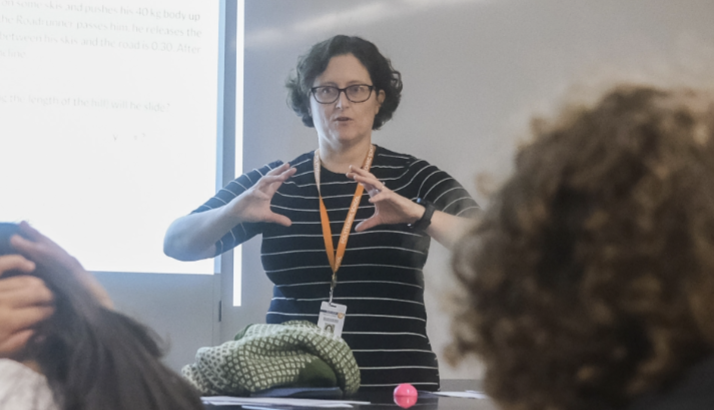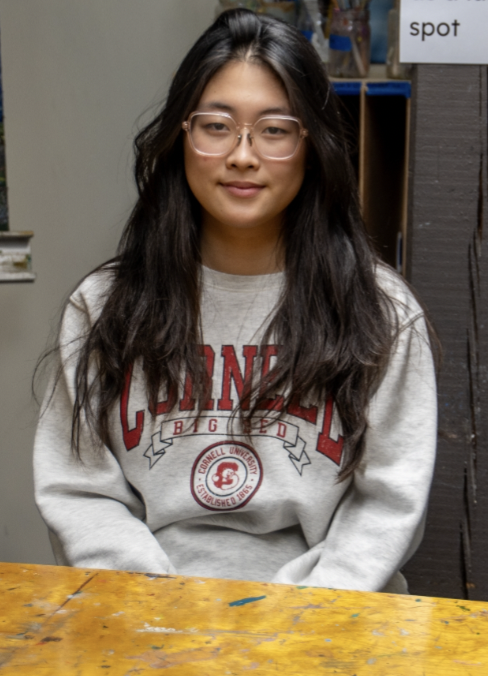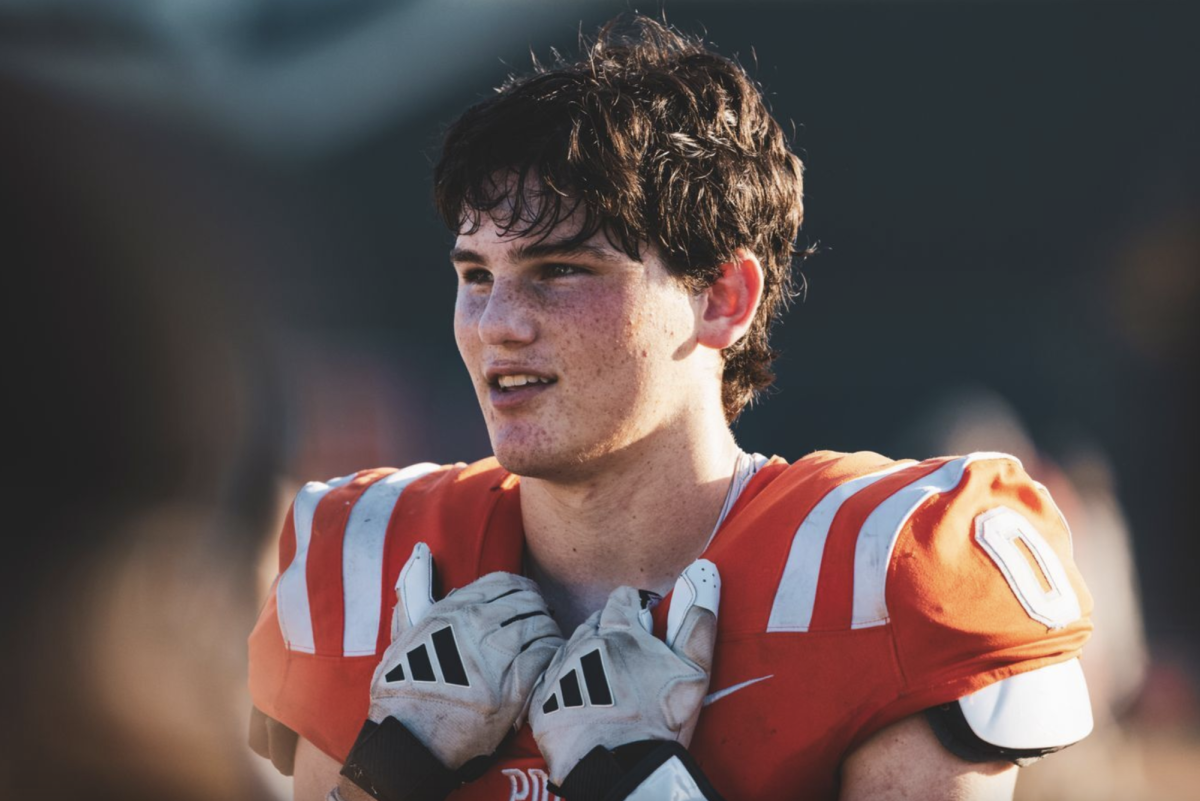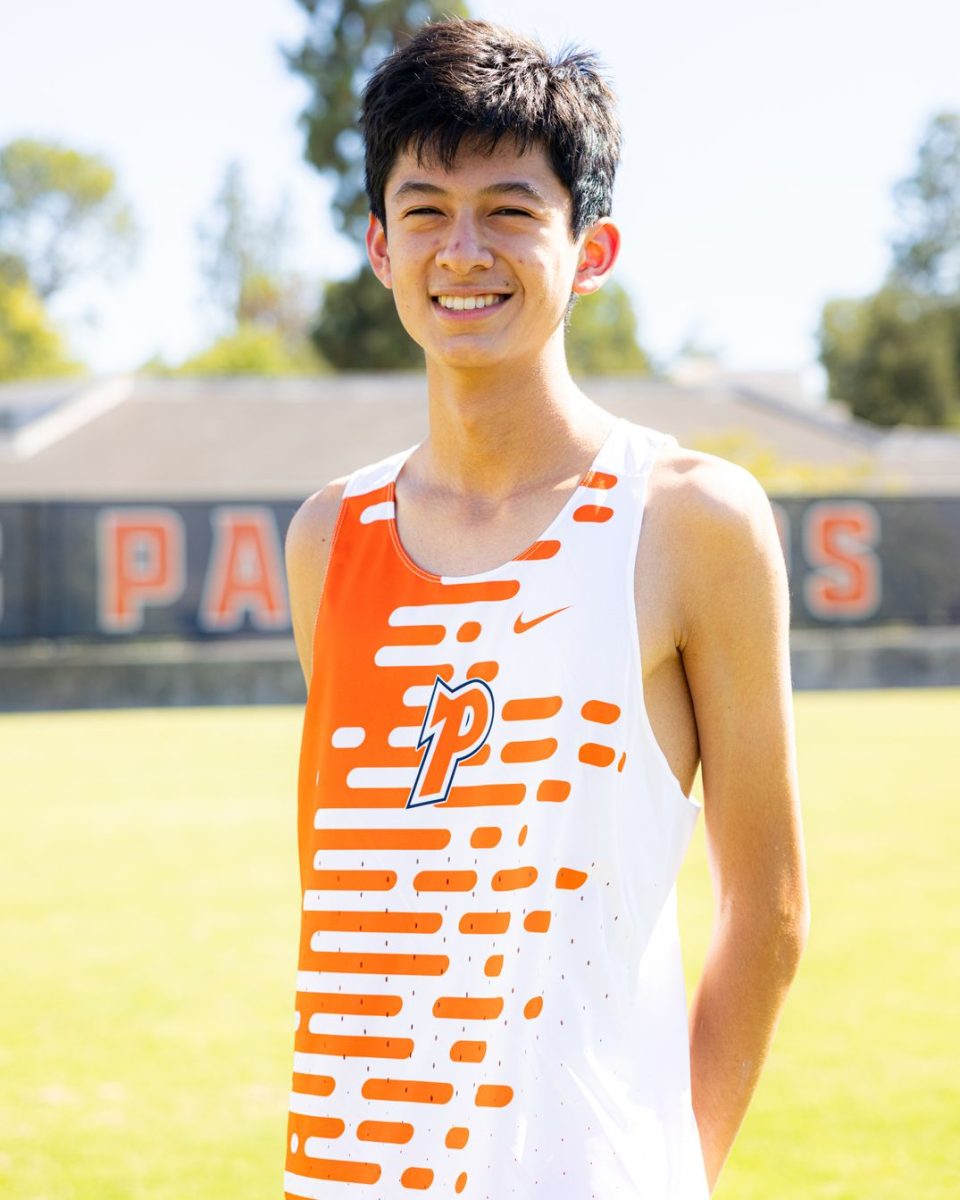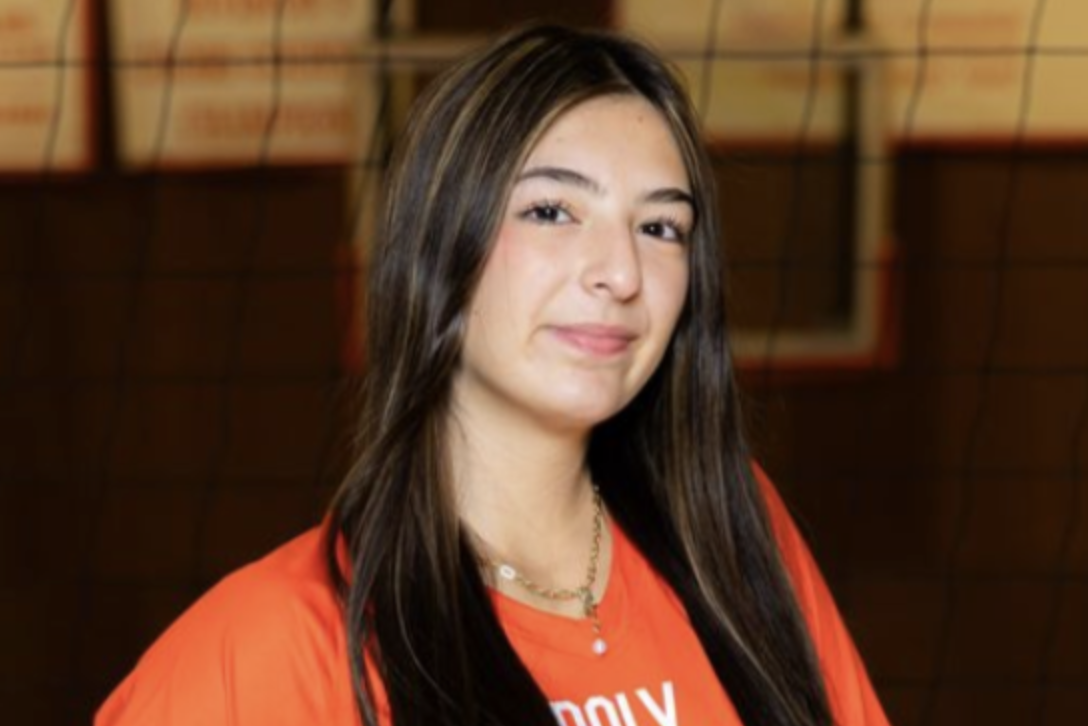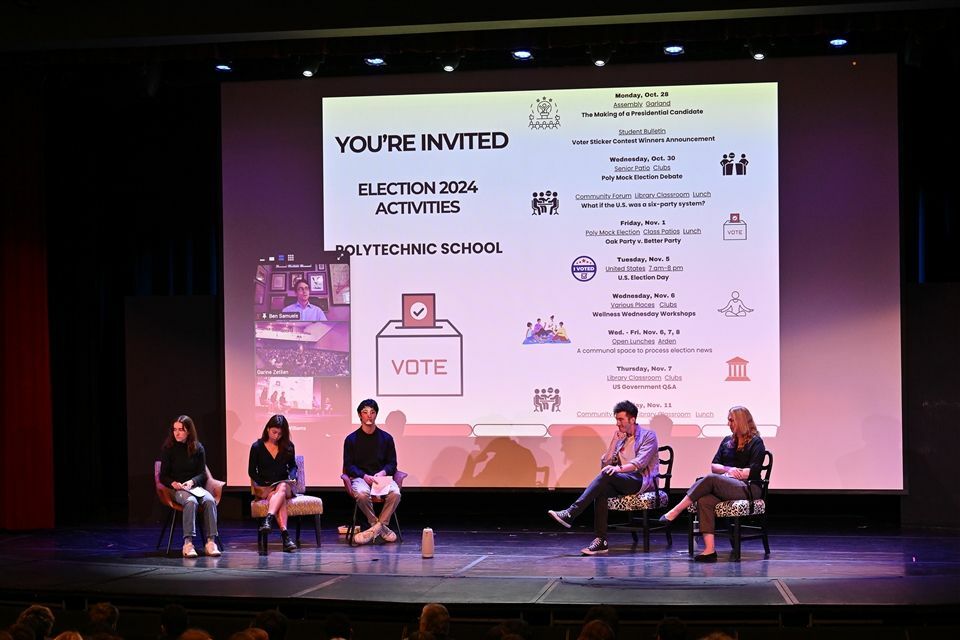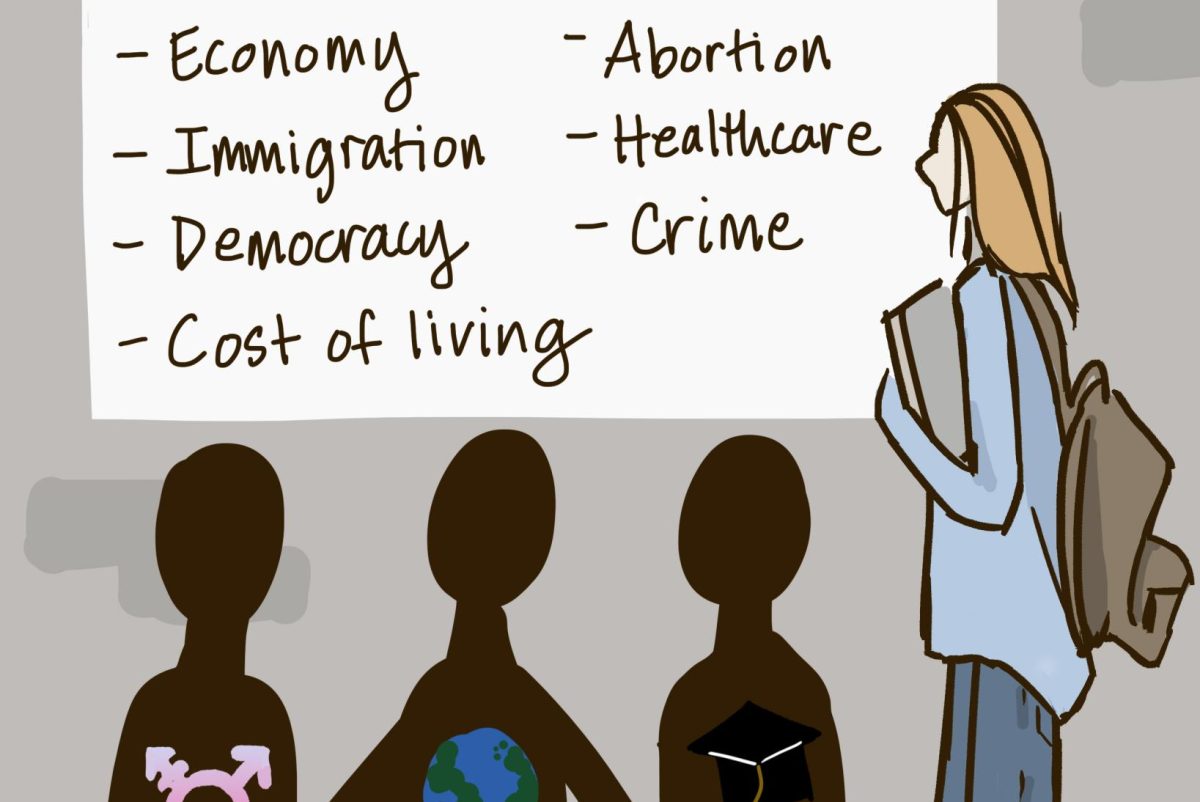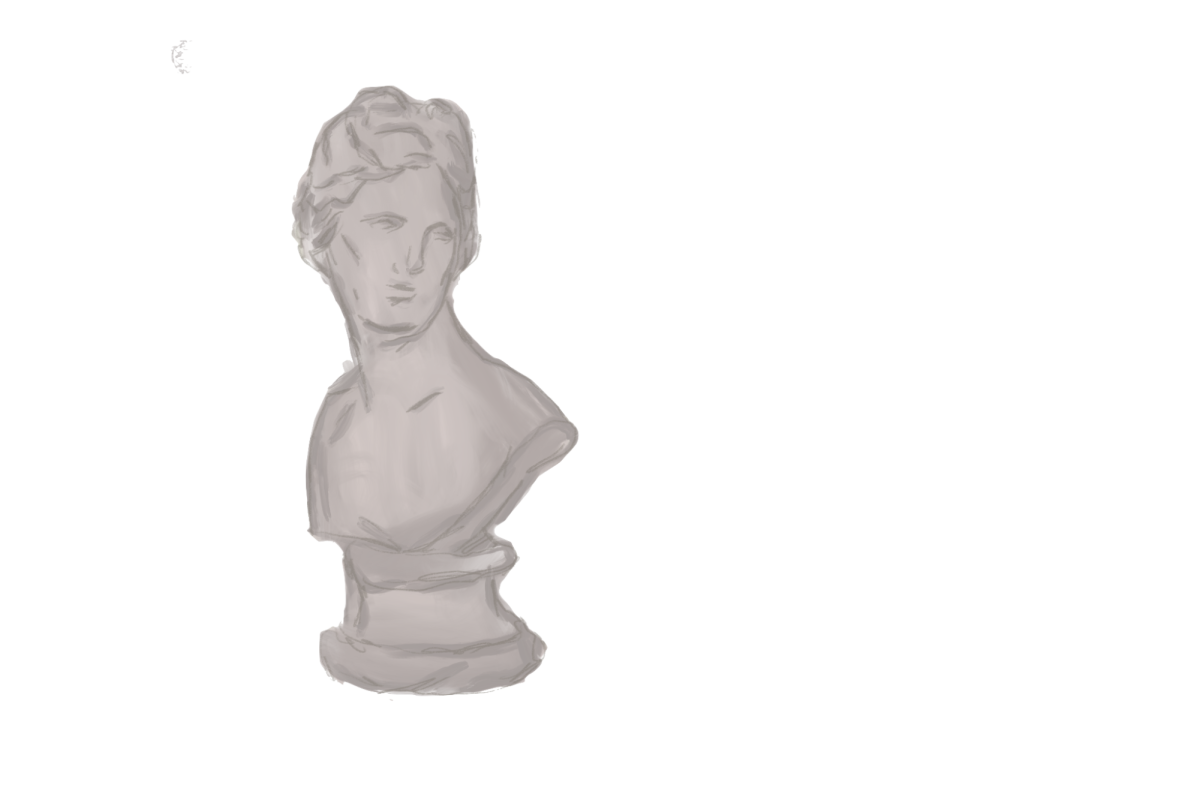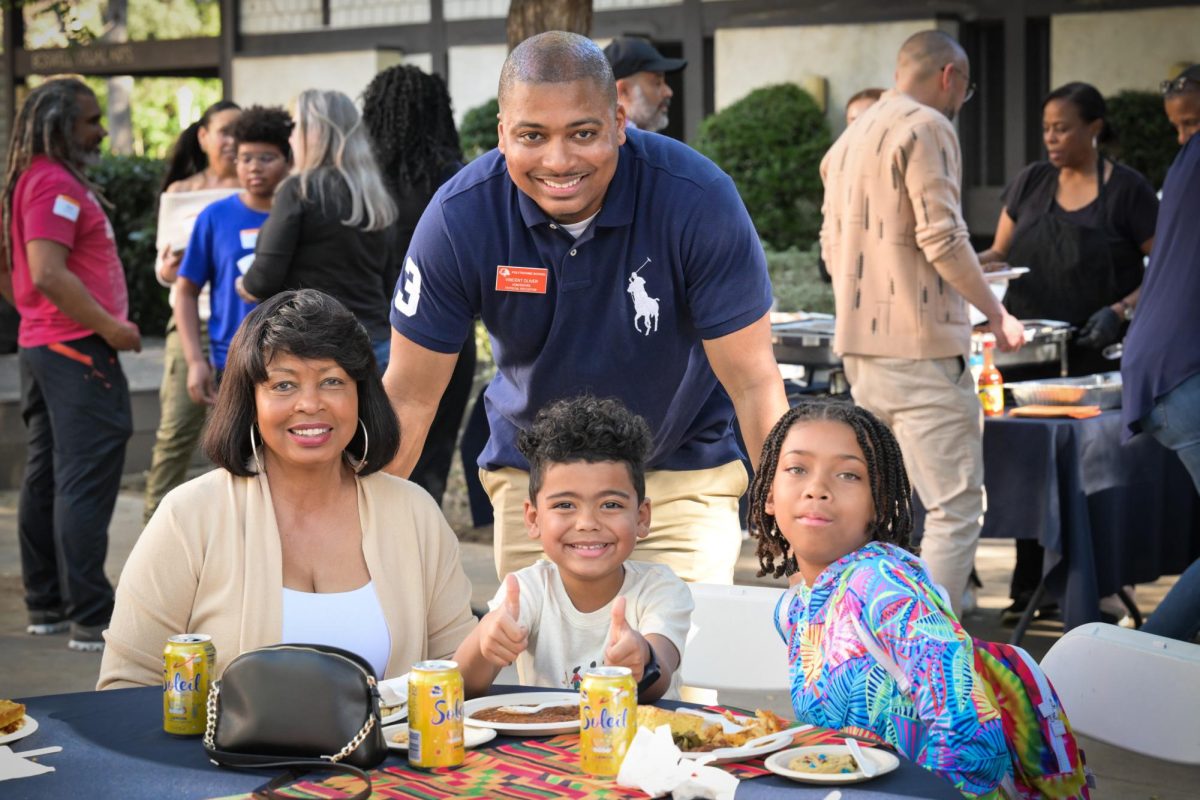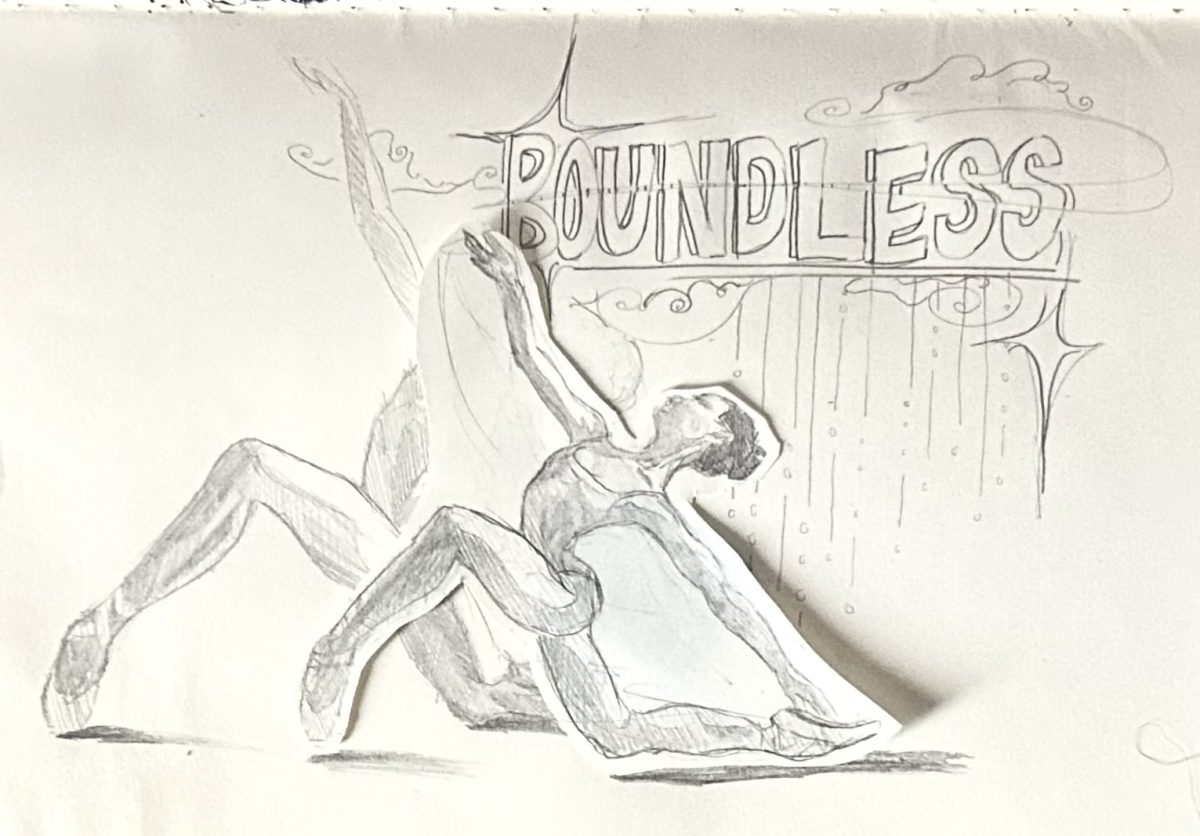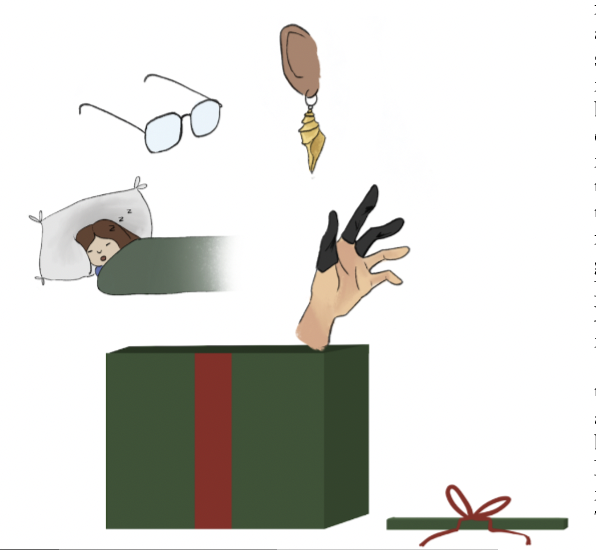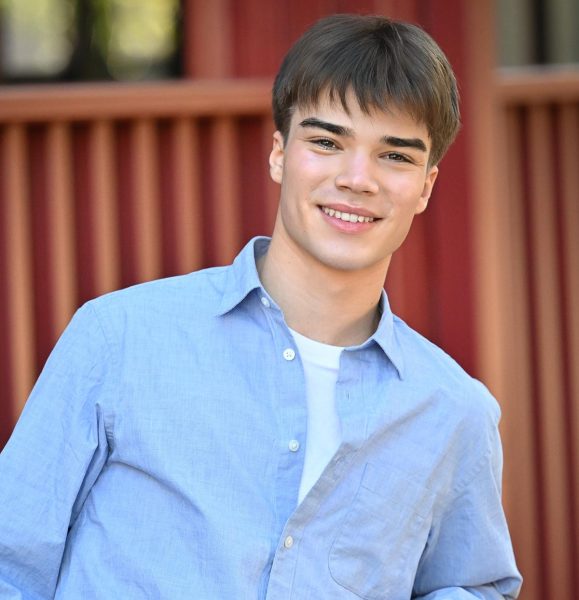Female leadership at Poly shines in many different roles at our school, yet is underrepresented in other positions, particularly those chosen by students. Poly showcases strong female leaders in various councils, clubs and student governance positions. However, in other activities, particularly ones that are more visibly prominent like the Associated Student Body (ASB), there are significantly fewer female leaders than male. Now that the ASB Cabinet for next year has been decided, the president is male for the fourth year in a row and, unfortunately, there will be even fewer female members in the Cabinet, three out of eight, than this year, four out of eight.
Poly’s Upper School Student Community Engagement Council (US-SCEC) is a predominantly female leadership organization. Originally, the student community engagement leader was a nominated position on ASB; however, the faculty decided to transfer the position to a separate council eight years ago because voting for the role became too much of a popularity contest. Since this change, the US-SCEC leaders have been primarily female. Currently, all seven seniors on the engagement council are female and the council leaders, seniors Giuliana Nelson and Emily White, are both female. US-SCEC leaders apply through a multi-step process and are ultimately chosen by Student Community Engagement Coordinator Reneé Larios and the underclassmen on the existing council.
When asked about the gender skew within the US-SCEC relative to the ASB, Larios noted, “You might see a pattern of perhaps more female leadership in the councils when there’s an application versus campaign.”
Notably, the freshman and sophomore class cabinets are also all-female, suggesting that the anonymity and application process increase the number of female applicants. Currently, these grades’ cabinets are chosen by an opt-in lottery, in which the grade-level deans randomly draw names from a group of students who want to serve on the cabinet.
Larios’s take suggests that girls at Poly feel more comfortable pursuing leadership roles when they aren’t required to present a speech to a large group, such as our student body.
“The Paw Print” editors-in-chief are another example of a position at Poly with a strong female leadership presence. In recent years, “The Paw Print” leadership has been primarily female: this year and last year, two girls and one boy have occupied the editors-in-chief position and the prior three years before that, the three editors-in-chief were all girls. The editors-in-chief, along with all of the editorial positions, are decided by the outgoing editors-in-chief after an application and interview process.
Upper School English teacher and Writers Center Coordinator Rachel Pringle, who co-advises “The Paw Print,” explained how the editors’ work is less visible on campus: “They’re here [at Poly] on a weekend, when other people aren’t here, doing their editing, or they do work at home. It’s not nearly as prominent as ASB or some other leadership roles.”
In most cultures, girls are often made to believe they are better suited for roles that are more collaborative and supportive. Due to this narrative, the girls in our Poly community may feel that they can shine only in roles with lower visibility. Being comfortable in positions that aren’t in the spotlight could be a result of not getting leadership opportunities. Still, many girls do pursue these opportunities; however, the student body often fails to elect them. In the recent election of the 2025-2026 Cabinet, of the 10 girls that ran, only three were elected.
To be on ASB, one has to present a speech to the entire Upper School and students are supposed to vote based on the quality of the ideas presented in a candidate’s speech. However, a significant imbalance emerges after taking a closer look at who has occupied these leadership roles over the years and a clear pattern of comedic speeches winning over the students emerges. Of the 102 presidential terms at Poly since 1923, only nine have been held by female students—the most recent of which were Kate Drum for the 2021-2022 school year and Natalie Treister for the 2013-2014 school year.
Upper School Dean of Student Activities Laurianne Williams, who advises the ASB, commented, “I think a lot of people still go with the very, very traditional standard of men as stronger than women; stronger leaders than women.”
When people have a preexisting bias against a gender, whether they know it or not, it makes it much harder to gain the confidence to run for office. This is why female students may find it more appealing to be leaders in places where they don’t have to fight so hard to overcome that bias.
Female leaders have a massive impact on the Poly community, but as a student body, we need to change our internal bias. Girls need the Poly community to help them gain the support and self-assurance they need to step into the more publicly visible leadership roles on our campus and we need to choose leaders based on their plans and merits, not their comedic appeal to the audience.



